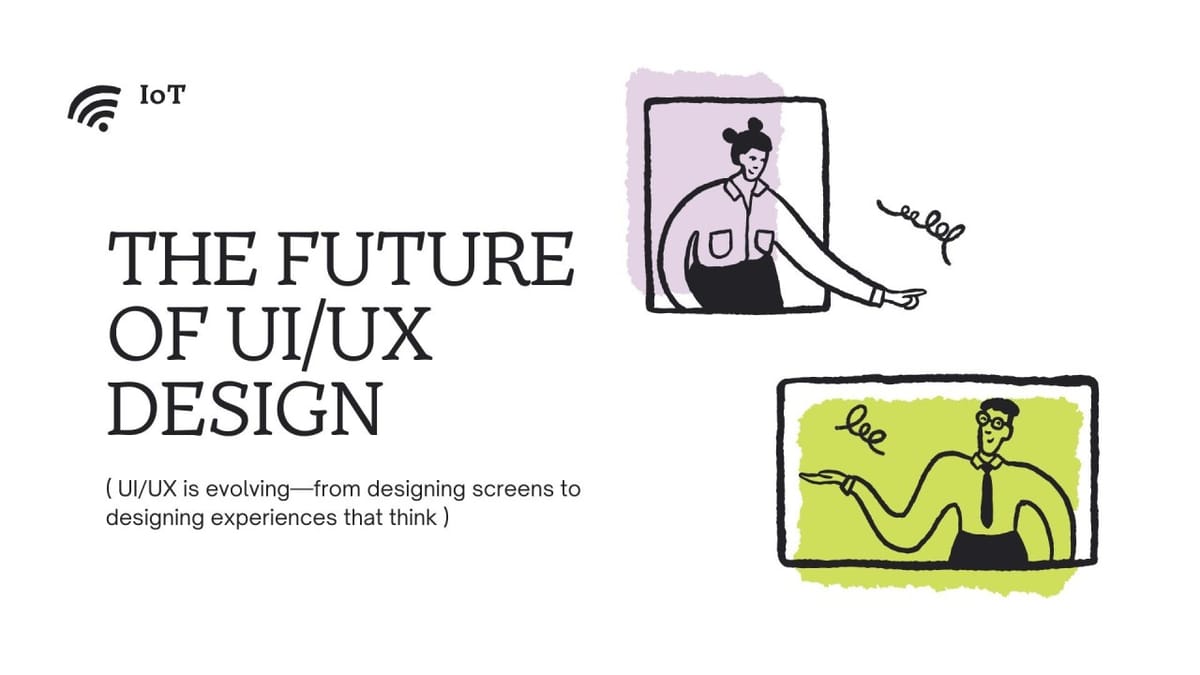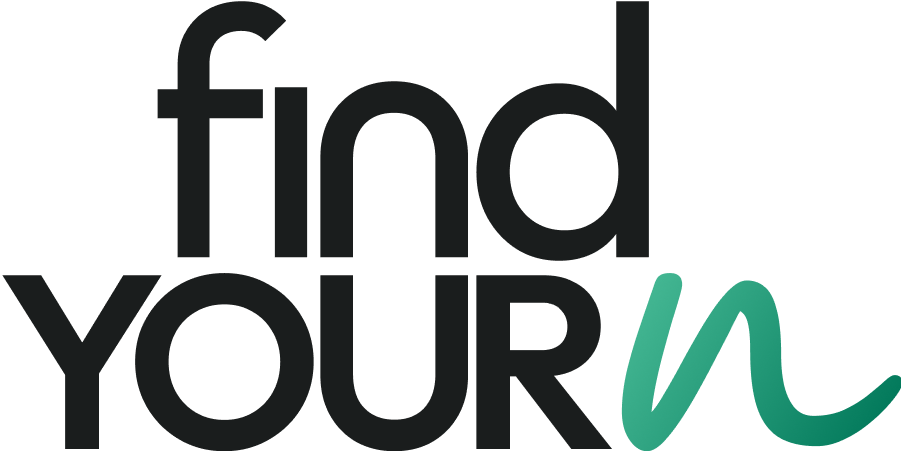The Past, Present, and Future of UI/UX Design

UI/UX design has always been about making interaction with technology feel easy and natural for users. What started with basic buttons and screens has grown into a space where creativity, psychology, and tech all come together. Today, design isn’t just about how something looks—it’s about how it feels, how it responds, and even how it thinks.
The Past: From Clicks to Comfort
In the early days, design focused mainly on bare minimum usability and most of all easy access to information. Websites were clunky, apps were packed with buttons, and user flow was still a new idea. Tools were basic—MS Paint, early HTML editors, and Photoshop were common. Interfaces were built more for functionality over experience.
Then came the rise of smartphones. With touchscreens, design had to become simpler and more intuitive. Gestures like tapping, swiping, and pinching became second nature. Skeuomorphic design—where digital elements looked like real-world objects—helped users feel familiar with this new way of interacting. UI/UX became essential to product development, shaping how things worked, not just how they looked.
The Present: Design with Purpose
Today, design is more thoughtful and intentional than ever. It’s built for clarity, inclusivity, and accessibility. Every element on a screen serves a purpose. Tools wireframing, prototyping, user research make it easy for teams to collaborate, test ideas, and move quickly from concept to creation.
AI is starting to play a role too—helping generate layouts, write content, or even build prototypes. Interfaces are getting smarter, cleaner, and more human-friendly. Design now aims to make technology feel effortless and invisible, so users can simply focus on what they need to do.
The Unimaginary Future: Where Design Meets the Edge of Reality
The future of UI/UX may sound like science fiction, but many of its ideas are already in motion. Screens may soon be optional—walls, glasses, even contact lenses could become interactive surfaces[1] .Design will move beyond devices and into everyday environments.
Cognitive and bioadaptive UX will take center stage. Interfaces will respond to brain activity, mood, or energy levels. Feeling anxious? The system could dim lights, suggest a break, or reschedule a meeting—automatically. When users are tired, layouts will simplify; when focused, the experience will speed up.
Collaboration will evolve too. In shared virtual spaces, people could appear beside each other in real-time just like Jedi meeting in star wars. even from different parts of the world. Avatars might be hyper-realistic—or completely surreal, depending on the moment. Work, design, and play will blend in new, immersive ways.
Design tools will become creative partners. A simple prompt like “Make a friendly app for kids” could generate a working prototype instantly. Designers will guide and refine, without needing to code, unlocking new levels of creativity and speed.
Emotional UX will also rise. Interfaces will sense how someone feels and adapt accordingly—changing color, tone, or layout to match the mood. At the same time, ethical design will become standard. Dark patterns and manipulative tricks will be phased out, replaced with practices that protect mental well-being and digital trust.
And as virtual identity becomes more fluid, that identity may become the interface itself. Whether in work mode, gaming mode, or explorer mode, the digital world will adapt in real-time to match each user’s chosen self.
Conclusion
The future of UI/UX isn’t imaginary—it’s unimaginary. It’s already unfolding. And at every stage, great design will always start with empathy, curiosity, and a desire to make technology better for everyone. Don't limit your mind. Don’t draw boundaries around it. Let it be free—let it fly to places no one has ever reached before. That’s where true creativity begins.
The best ideas often live just beyond the edge of what feels possible. When the mind is unchained by fear, doubt, or convention, it becomes a space where imagination leads and innovation follows. Because the future doesn’t come from thinking inside the box—it comes from those who dare to dream beyond it.
